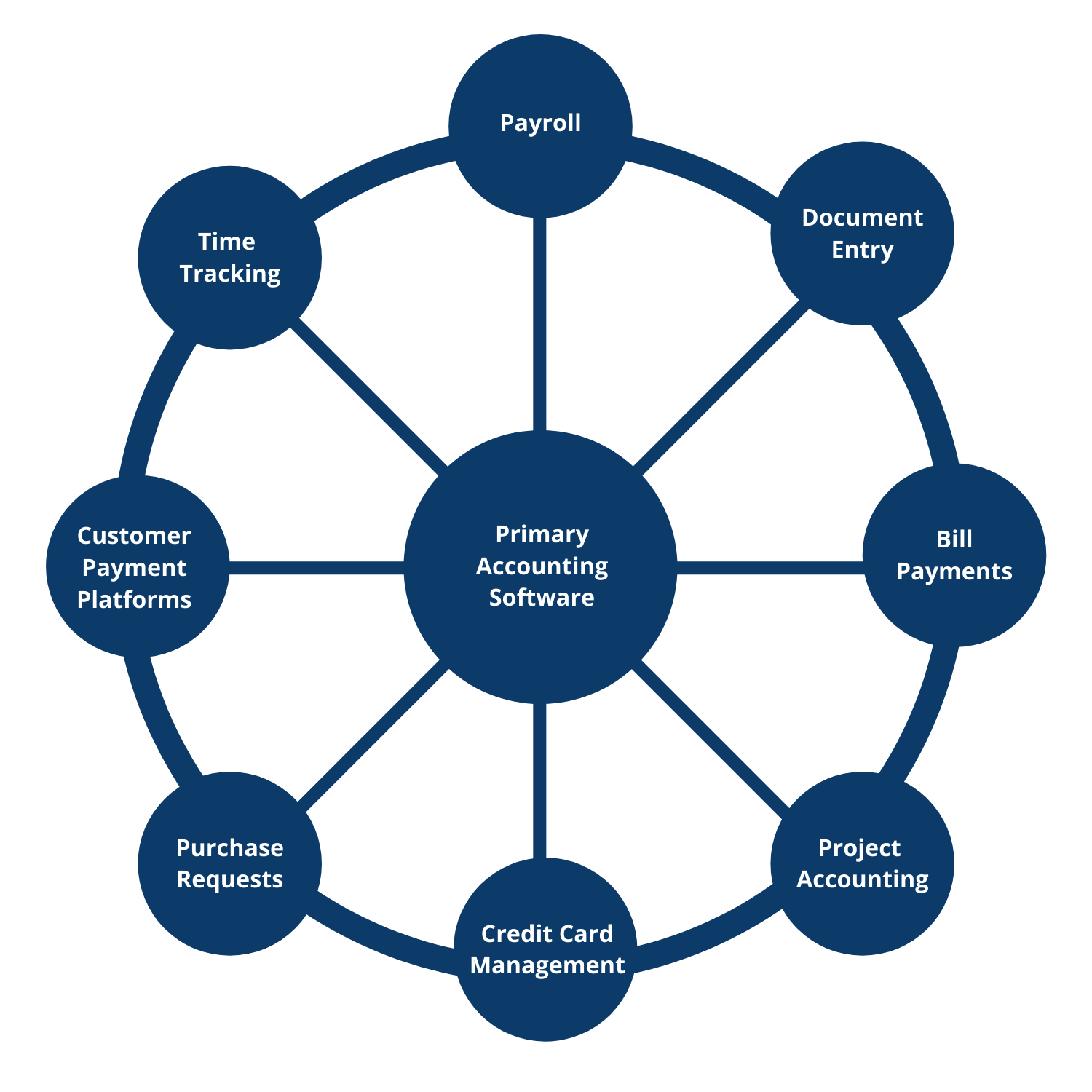Last updated on July 2, 2024: We've refreshed this article to reflect recent developments and trends, keeping you well-informed.
Key Performance Indicators (KPIs) play a crucial role in evaluating the financial and operational health of any organization. While some KPIs are universally applicable, others are industry-specific. In this article, we will delve into the top five KPIs that hold significant importance for the interior design industry. By monitoring these metrics, design firms can gain valuable insights and make informed decisions to enhance their overall performance.
1. Profit as a Percentage of Revenue
The Profit as a % of Revenue KPI measures the proportion of revenue that translates into profit. For most design firms, a healthy range falls between 15% and 20%. However, it's essential to consider other business segments that may impact this ratio. Achieving or exceeding the target percentage indicates efficient financial management and sustainable profitability.
2. Markup % on Product
This KPI assesses the actual markup obtained on products sold. While designers may aim for a specific percentage, it's crucial to compare the expected markup with the actual results shown in the Profit and Loss (P&L) statement.
Factors such as item-specific markups, exceptional situations, or necessary client credits can influence this ratio. Analyzing any discrepancies between the target and the actual markup will help identify areas for improvement in pricing strategies and operational efficiency.
3. Long-Term Cash vs Operating Expenses
This ratio compares the amount of long-term cash available to cover average monthly operating expenses. Long-term cash represents the funds remaining after settling all job-related bills, collecting revenue and work-in-progress, without considering long-term debts. Operating costs are average fixed costs per month. Examples include office supplies, software, rent, payroll, utilities, marketing, etc.
A long-term cash value at least three times higher than monthly fixed costs ensures liquidity and the ability to withstand business fluctuations and unexpected challenges.
4. Monthly Design Fees vs. Monthly Operating Expenses
This KPI evaluates whether monthly design fees cover the fixed monthly operating expenses. Achieving this goal ensures a steady cash flow, as design fee revenue consistently covers the ongoing costs.
In such cases, profits generated from product sales directly contribute to the bottom line. Failing to meet this ratio indicates high overhead costs or inadequate generation of design fee revenue. Addressing any process inefficiencies in time tracking and invoicing can help align this ratio.
Generally, this rings truer for smaller firms (< $3M in annual revenue) and those primarily doing hourly billing. When this ratio does not hold true, it has several consequences. Product profit must be used to cover monthly fixed costs. That adds pressure to get more product sales in the door and to do so consistently. It also reduces your bottom-line profit.
5. Draws vs Net Income
This KPI measures the ratio between owner profit withdrawals (draws) and net profit earned in a given year. It is advisable for draws to remain below 50% of the net profit figure. This allows the business to allocate sufficient funds for reserves and investments in growth. Drawing more than this threshold can strain the business's cash flow and hinder its financial stability.
Alongside the top five KPIs discussed above, there are additional ratios that interior design businesses should track. These include:
- Design Fees as a % of Revenue
- Debt Ratio
- Working Capital
- Revenue per Employee
- Gross Profit %
- Billable Hour % of team and individuals
- Burdened Payroll as % of Revenue
- Burdened Payroll vs Design Fees
- Markup % - Freight
- Markup % - Subcontractors
By focusing on these key performance indicators, interior design businesses can gain valuable insights into their financial and operational performance. Regularly monitoring and analyzing these metrics empowers firms to make informed decisions, optimize profitability, and achieve long-term success. At Accounting Frontier, our dedicated team not only supports your daily bookkeeping needs but also provides in-depth analysis to help you reach your business and personal goals. Building a healthy business begins with effective monitoring of these essential KPIs.










































